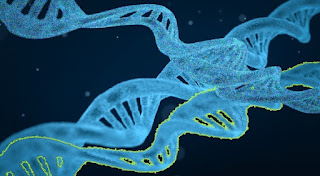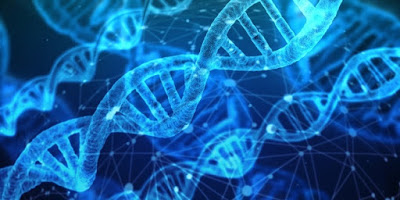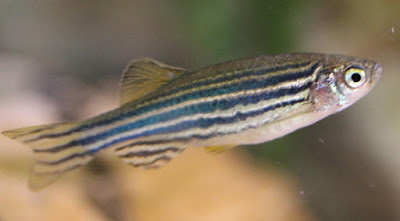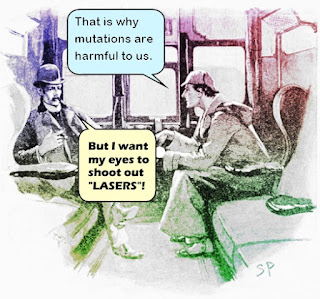Hugo de Vries and the Evolution of Darwinism

As seen before, big ideas and movements rarely spring up suddenly. Charles Darwin did not create evolution , it is an ancient pagan philosophy going back to the Greeks, Hindus; the first evolutionist is the god of this world (2 Cor. 4:4). Indeed, Darwin was also influenced by Lamarck, his grandfather Erasmus, and others. Charlie even hijacked and retooled Edward Blyth's work on natural selection for his own purposes, making it a creative force. (His acolytes over the years have even made it into a being with the power to make choices.) Apparently he backed off a bit by the time Origin of Species reached its final edition. Sun obscured by tree, Mt. Tremper (NY) trail, 14 Sept 2022 by Cowboy Bob Sorensen Darwinism was embraced by academia — finally a way to get that pesky Creator out of their lives! There was a time that Darwinism was at risk of falling out of favor because of its substantial problems. People aware of Gregor Mendel's work in genetics (peas be upon him) thought...
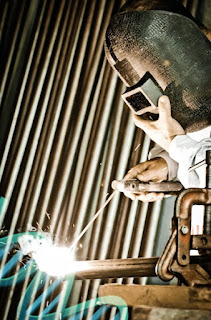
%20Poster%20effect%20at%20PhotoFunia.jpg)

